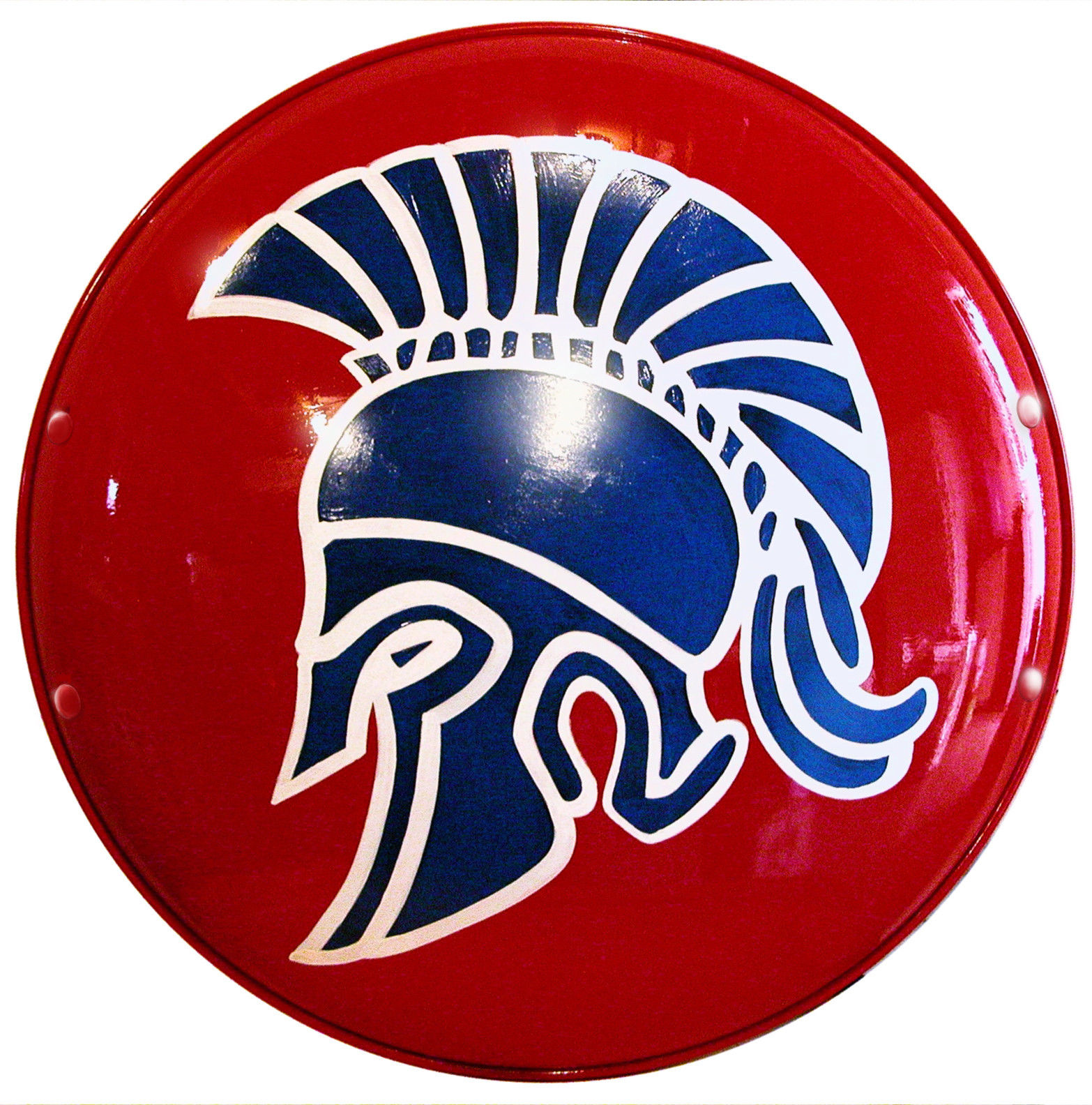
The shield wall was a vital part of early medieval warfare, and virtually every pitched battle at this time was a struggle of men in shield walls trying to break the shield wall formations of the enemy. This made the shield maneuverable from one-on-one combat and could also be used in a shield wall. The Vikings used flat round shields with a simple handle, often with a boss. Of particular note is the evolution of the shields in England starting from the Viking Era. While riding, the shield was held pointing backward to stop the shield from constantly knocking against the knee, which at the end of a day of riding, would result in significant swelling and pain, even while wearing padding and mail via BBCĪt the beginning of the Dark Ages, Europe was fractured into many smaller warring states, each adopting its own styles shield designs were numerous throughout the continent. The depiction of how the riders held their shields is accurate, although not necessarily directly in combat. The Celts adopted a distinctive elongated oval shield made of wood.Įuropean Shields After the Fall of the Roman Empire Norman kite shields as shown in the Bayeux Tapestry. Sometimes the boss was replaced with a large spike to turn the shield into an offensive weapon. In the rest of Europe, Germanic tribes of Central and Northern Europe tended to use round shields made of wood, leather, or wicker, and often with metal fittings, including a boss. Roman reenactors using their shields in a testudo formation, via Spangdahlem Air Base It involved the legionaries using their shields to create a box shape with a roof that provided almost complete coverage for the unit operating it. The handle was a horizontal piece of wood that was protected on the offensive side by a metal bowl-shaped feature called a “boss.”Īlthough the aspis was easier to wield and more durable than the scutum, the latter offered more protection and, when used en masse, could be used in the famous testudo formation that the Roman legions employed in certain situations. Its construction consisted of three sheets of wood glued together and then covered in canvas and leather. It curved back, creating a semi-cylinder, protecting the sides of the soldier as well. The scutum was a large rectangular tower shield that provided almost complete coverage for the Roman legionary. Around the 4th century BCE, the iconic scutum evolved, becoming a symbolic icon of Roman legionaries. Originally, Romans used the aspis, but this was eventually replaced with a quintessentially Roman design. The construction of an aspis, clearly showing the more complex way the shield was grasped, via

In addition, the more complex form of grip shifted the weight from the wrist to the whole arm and shoulder, meaning the shield was more manageable. The “shield wall” was formed with overlapping shields so that each soldier protected the one next to him too. It was used in conjunction with the shields on either side of it. What made the aspis so effective were several factors. In contrast, the Greek hoplites used a round wooden aspis (hoplon) which has become symbolic of ancient Greek culture. Crescent-shaped shields were also used on horseback, as their design curved around the wielder and provided an easier riding experience.Īt the time of the Greco-Persian Wars, the most common shield design among the Persians was a large rectangular wicker shield.

These shields were made of several layers of hide and often reinforced with bronze plates. A figure-of-eight shield was adopted and became widely popular. The tower shield that protected the entire front of the body went out of fashion with the introduction of bronze armor. The Mycenaeans of ancient Greece made use of two main shapes in their shield designs. A popular design that lasted for many centuries was the “double arc” design which had the left and right sides of the shield angled back toward the wielder.Ī fresco depicting a Mycenaean shield of the figure-of-eight design, via World History Encyclopedia By the Qin Dynasty (221 BCE – 206 BCE), bronze was being used, but it was heavy and made shields tiring to wield.

Shields in China would evolve in construction to involve lacquered layers of leather or wood held together with rattan. For a handle, a strip of bamboo ran down the center of the reverse. The shields were usually rectangular shaped and slightly wider at the bottom. In China, shields were made of lacquered leather with a wooden (usually bamboo) frame.

The shields were made of cowhide, flat at the bottom and tapered towards the top. From the late Predynastic Era to the Middle Kingdom in Egypt, the shield generally represented the only form of body protection afforded to Egyptian soldiers. When shields were first used in warfare, they were made from simple materials that could be easily worked. Shields in the Ancient World Chinese double-arc shield, via


 0 kommentar(er)
0 kommentar(er)
